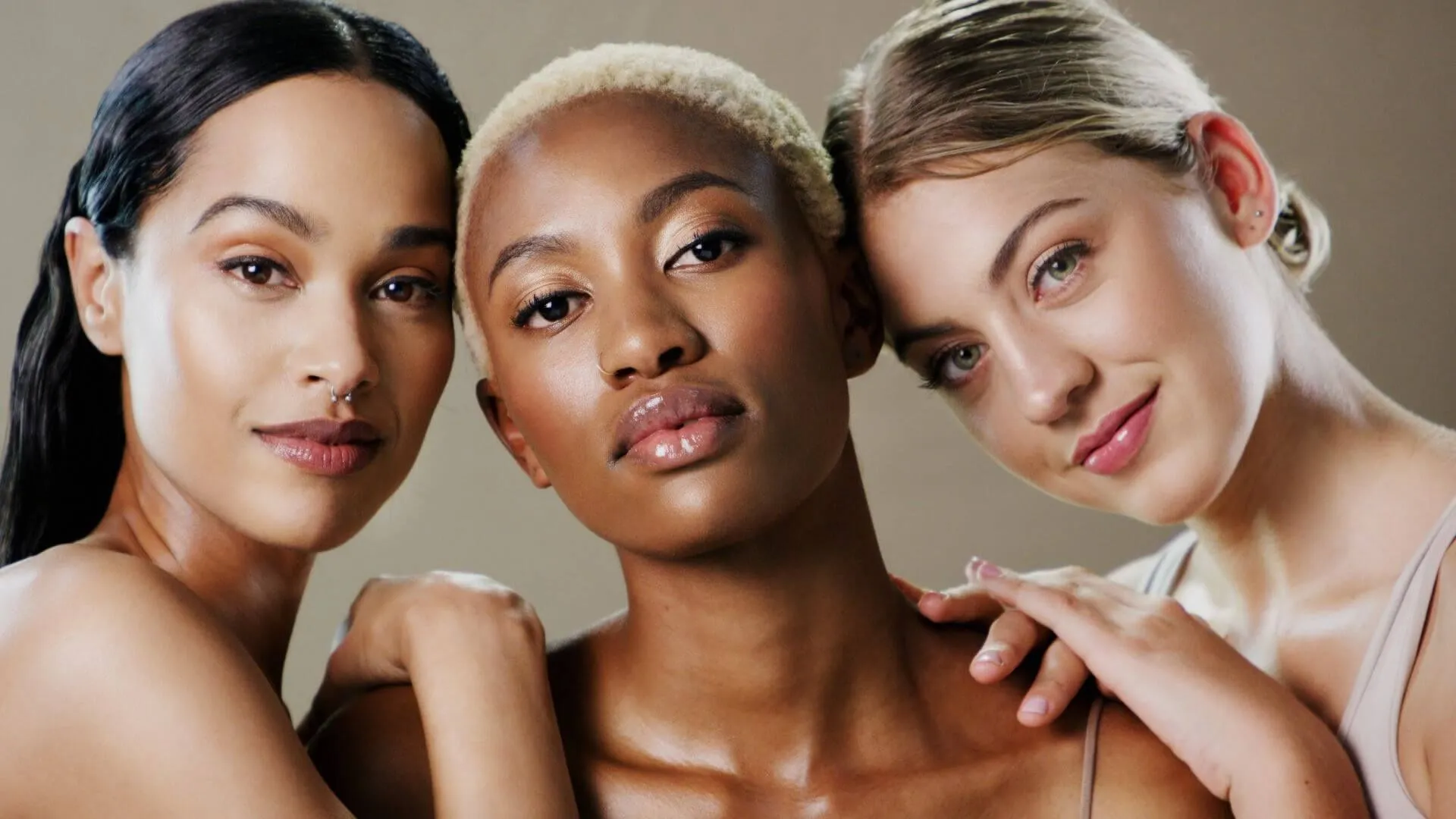Aesthetic services have become increasingly common across a wide range of age groups and backgrounds. More individuals are seeking treatments that support their personal image and well-being. This growth reflects broader cultural trends. Social media exposure, evolving beauty standards, and a focus on self-presentation contribute to the popularity of noninvasive procedures. Unlike in previous decades, these services are no longer considered exclusive or indulgent. Instead, they have become part of routine self-care for many. As society places greater value on visual impression, interest in aesthetics continues to grow.
Expanding Access to Noninvasive Treatments
One factor driving the rise in aesthetics is the availability of safe, noninvasive options. Many treatments no longer require surgery or extended downtime. Services such as dermal fillers, chemical peels, microneedling, and laser resurfacing are offered in outpatient settings with minimal interruption to daily life. These procedures can refine facial contours, soften lines, or improve skin tone without long recovery periods. As technology has improved, so has the precision and predictability of these services. More individuals are comfortable exploring aesthetics because they can achieve noticeable outcomes without significant risks.
Personalizing The Role of Technology in Care
Advancements in aesthetic technology have also shaped the patient experience. Today’s providers use digital imaging, guided injectables, and targeted laser systems to tailor services to individual needs. This level of precision helps improve both safety and satisfaction. Treatments are often more subtle and natural-looking, with adjustments based on each person’s facial structure, skin type, and goals. As results have become more predictable, the appeal of aesthetics has broadened beyond specific demographics. Men, older adults, and people with a wide range of skin tones are all seeking personalized enhancements.
Addressing Psychological and Social Motivations
Aesthetic services can influence more than appearance. Many individuals pursue treatments to feel more confident in professional and social settings. Small improvements may have a noticeable impact on self-perception and how others respond. For some, it is about restoring a sense of control or identity during periods of change. Whether recovering from stress, aging, or a medical condition, people may turn to aesthetics as part of their self-care approach. These choices are often practical and intentional, focused on feeling more aligned with one’s inner sense of self.
Increasing Wellness-Integrated Clinics
Another reason for the popularity of aesthetics is the increasing availability of these services within wellness clinics and medical spas. Patients often appreciate being able to address cosmetic concerns alongside other health goals. For example, hormone support, skincare, weight management, and stress reduction programs may all be part of a unified care plan. This integrated model promotes long-term well-being instead of short-term fixes. As more clinics adopt this approach, aesthetics is becoming a normalized part of overall health conversations.
Ongoing Education and Informed Decisions
Today’s patients are more informed than ever. They research treatments, follow providers on social media, and often arrive with specific questions or preferences. This level of engagement leads to more collaborative consultations and better outcomes. Ethical providers help guide decisions by setting realistic expectations and focusing on safety. As education around these topics becomes more accessible, people feel more comfortable seeking out aesthetic care. The result is a market that continues to expand, grounded in transparency and patient autonomy.
Look Into Aesthetics
Interest in aesthetic services shows no signs of slowing. New materials, improved tools, and ongoing research are expanding what is possible. At the same time, the perception of aesthetics is shifting. It is now viewed less as vanity and more as a form of personal expression and wellness. Whether someone is addressing skin texture, restoring volume, or enhancing symmetry, these treatments often reflect thoughtful goals. As the field evolves, it will likely remain a central part of how people engage with health, confidence, and self-care.









Leave a Reply